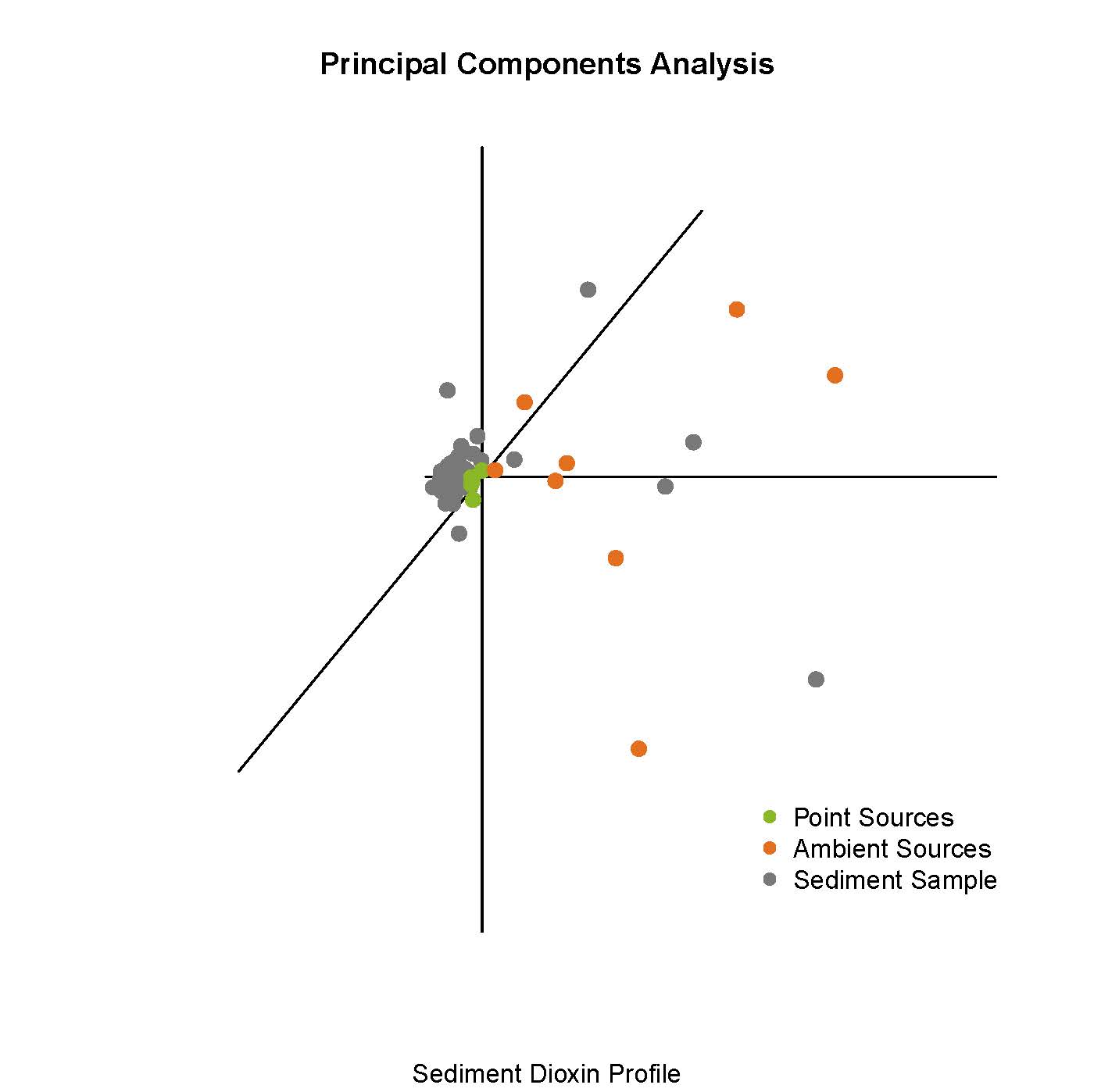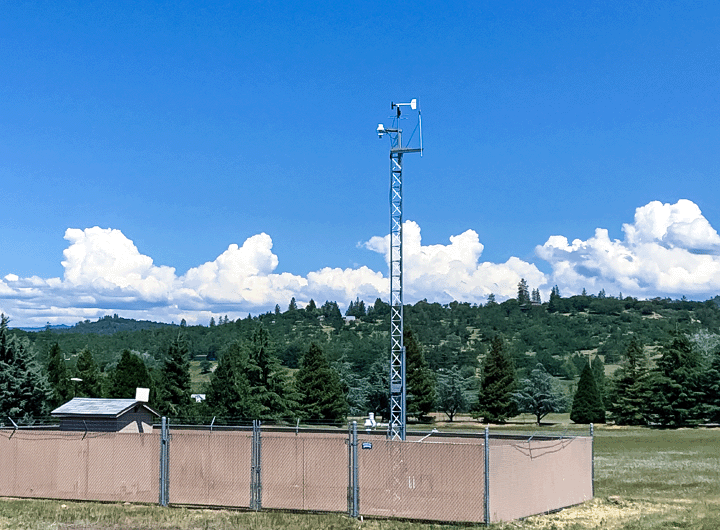Thought Leadership
Making the Case for Environmental Forensics

“Forensics” is a term that may evoke images of an awkward detective linking the dots between crime scene evidence and laboratory DNA results to solve a crime. Environmental forensics applies the same general principle of criminal forensics (the application of defensible scientific methods to establish facts) to address questions related to chemical releases to the environment in a regulatory or legal context.
As an example, environmental forensics can be used to differentiate between background and local pollution contributions. Several persistent organic chemicals such as dioxins are ubiquitous in the soil and sediment and are receiving increased regulatory attention. Dioxins are a group of congeners that may be formed as a by-product of industrial processes and are also formed during forest fires and during other typical, diffuse, activities such as trash burning and tire wear. Specific sources of dioxins are associated with particular congener ratios, and these ratios can be compared with site samples to assess likely sources. Such chemical fingerprinting involves advanced analytical chemistry and source apportionment statistics to determine if background and off-site pollutant contributions have affected a site.
MFA has the scientists and tools to conduct environmental forensics to understand who or what is responsible for contaminated sites. Typical environmental forensics applications include apportioning responsibility among multiple parties, determining how a release occurred in the context of insurance or other contractual issues, age-dating releases, and/or property acquisition due diligence investigations. Environmental forensics techniques range from reconstructing site operations based on historical documentation to using multivariate statistical techniques to determine associations between environmental impacts and specific source(s). Several environmental forensics techniques are often applied to develop multiple lines of evidence for a site. In all cases, environmental forensics requires a strong conceptual understanding of the environmental context and processes that lead to the observed conditions.



